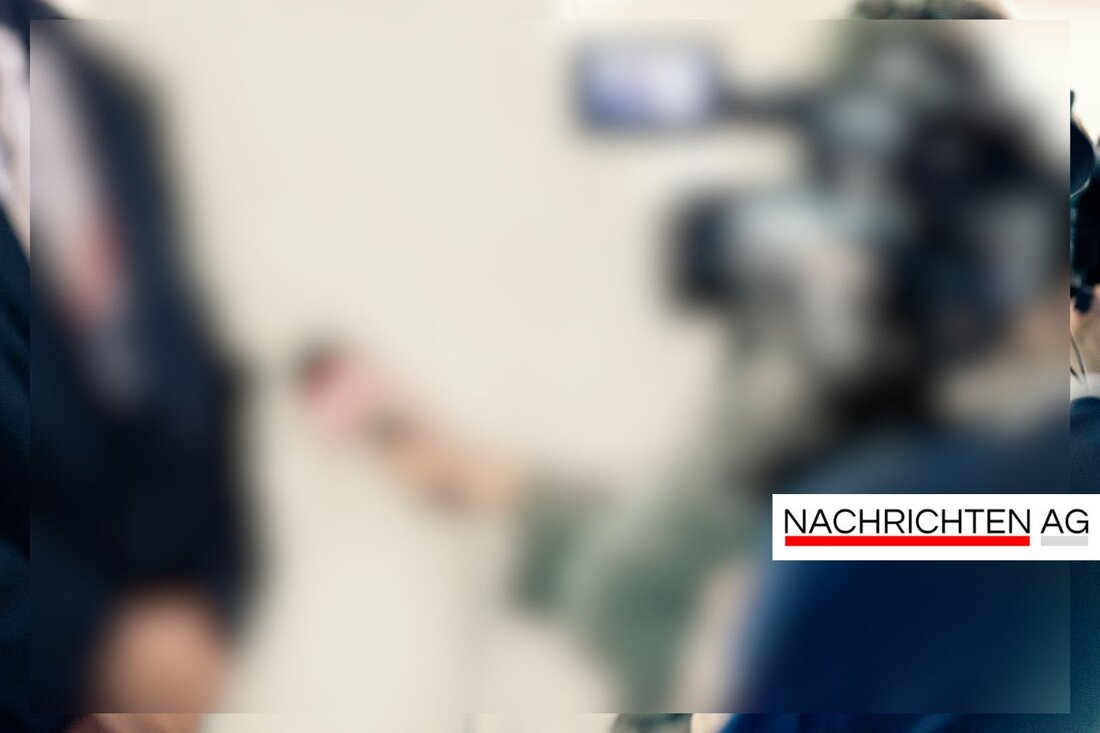Revolution in quantum computing: New technology stops decoherry!
Revolution in quantum computing: New technology stops decoherry!
In the world of technology, there is hardly a more exciting topic than quantum computing. It is considered the next frontier in computer science, with potentials that range from medication development to information security to research on clean energy. However, as so often, the devil is in detail, and one of the greatest challenges are the decorative harness and the associated disorders, which repeatedly endanger the efficiency of these miracles of technology.
A breakthrough recently managed to do scientists: inside National Physical Laboratory (nPl), in cooperation with the Chalmers University of Technology and the Royal Holloway University in London. Not only have individual defects in super -conducting quantum circles depicted during operation, but also visually recorded the cause of decoration. These so-called two-stage system (TLS) defects have been suspicious for over 50 years, but their existence in operational quantum applications remained theoretically for a long time.
The problem of decoracial
decorative artery describes the process in which quantum information decreases due to environmental disorders. The team developed a new instrument that combines highly developed microscopy with cryogenic technology in order to find and analyze these defects. This happens in a light -tight chamber, in which temperatures only have a few degrees above the absolute zero point. The images that are generated by this system enable the researcher to quantify the interactions of the defects with the quantum circuit and to determine their contribution to quantum noise and instability.
The result is a significant progress that not only expands theoretical knowledge, but also represents a practical step towards more robust and scalable quantum chips. The possibility of focusing on the chemical properties and the elimination of these TLS defects could promote the development of error-resistant quantum computers that are used in a variety of applications in industry, research and health systems.
progress of coherence times
Another pleasant progress recently came from Finland, where researchers: Inside at the Aalto University and the VTT Technological Research Center, the coherence times were able to extend the coherence times of superconducting transmon quables to remarkable values. According to a report in Nature Communications Such a device achieved a echo-decorative time of over 1 millisecond Record set up and the previous values exceeds more than three times.
These changes are not only impressive, but also have practical importance. Recently measured median values of the Echo coherence period were over 540 microseconds. A transmon qubit that was introduced in 2007 has established itself as a central for today's super-conducting quantum architectures. Improvements in coherence have direct effects on error quotas and the reliability of calculations - an essential step into the future of quantum computing.
Another indication of progress in quantum research is the increased focus on reproducible designs, manufacturing -technical improvements and the use of the latest technologies to improve measuring accuracy. These developments show that Finland is on the way to the global top position in the field of quantum science and technology.
All of these progress are no coincidence; They are the result of years of research and development. Scientists such as Aliferis, Gottesman and Preskill have achieved important basic research to better understand error resistance and decorative artery in quantum computers, as in the journal of quantum science and Technology described.
In total, it can be said that the quantum revolution is progressing. By combining theoretical knowledge and practical applications, we are getting closer to the goal of developing error -resistant, stable quantum computers. The integration of these technologies into everyday life could soon become a reality and revolutionize numerous industries.
| Details | |
|---|---|
| Ort | Helsinki, Finnland |
| Quellen | |


Kommentare (0)